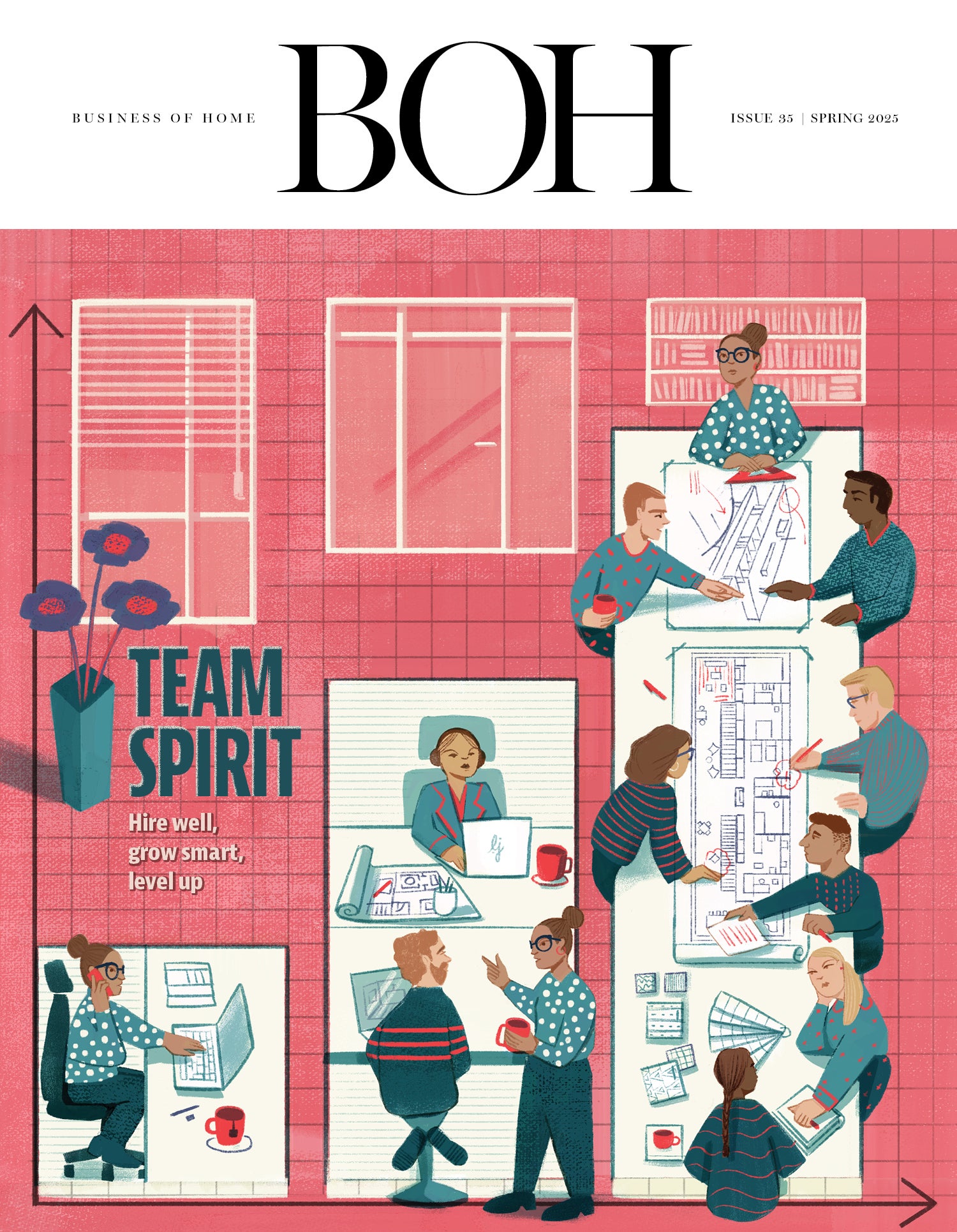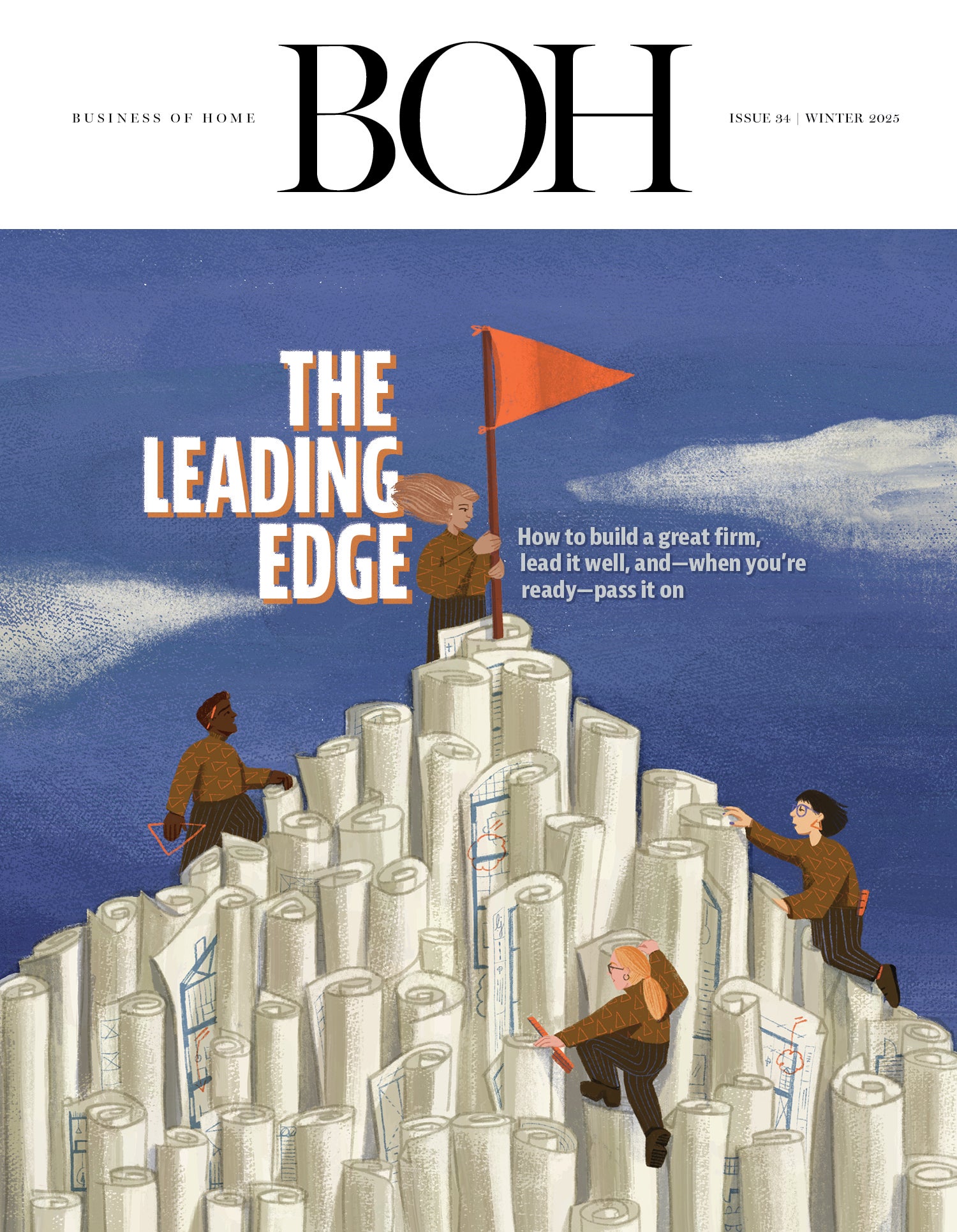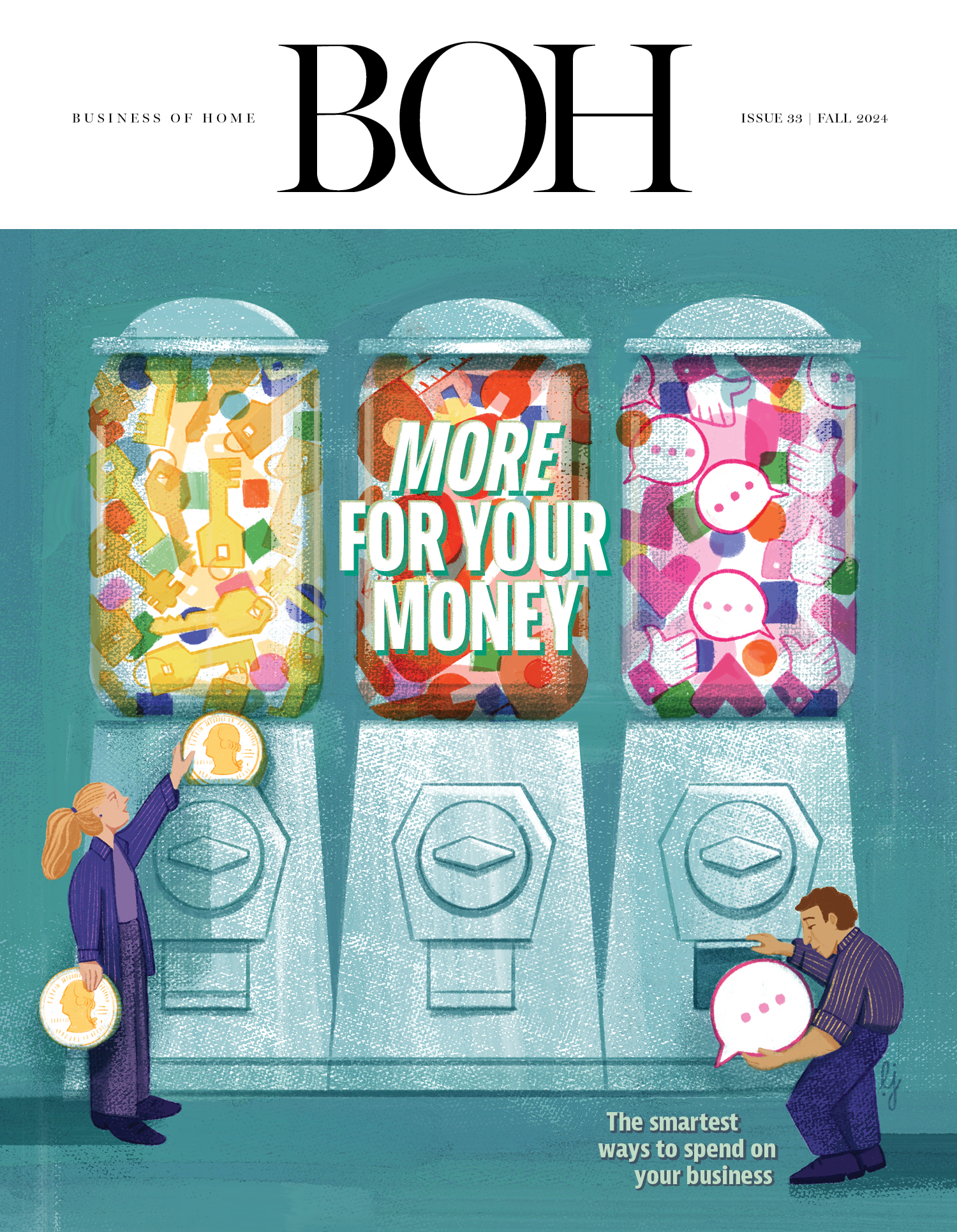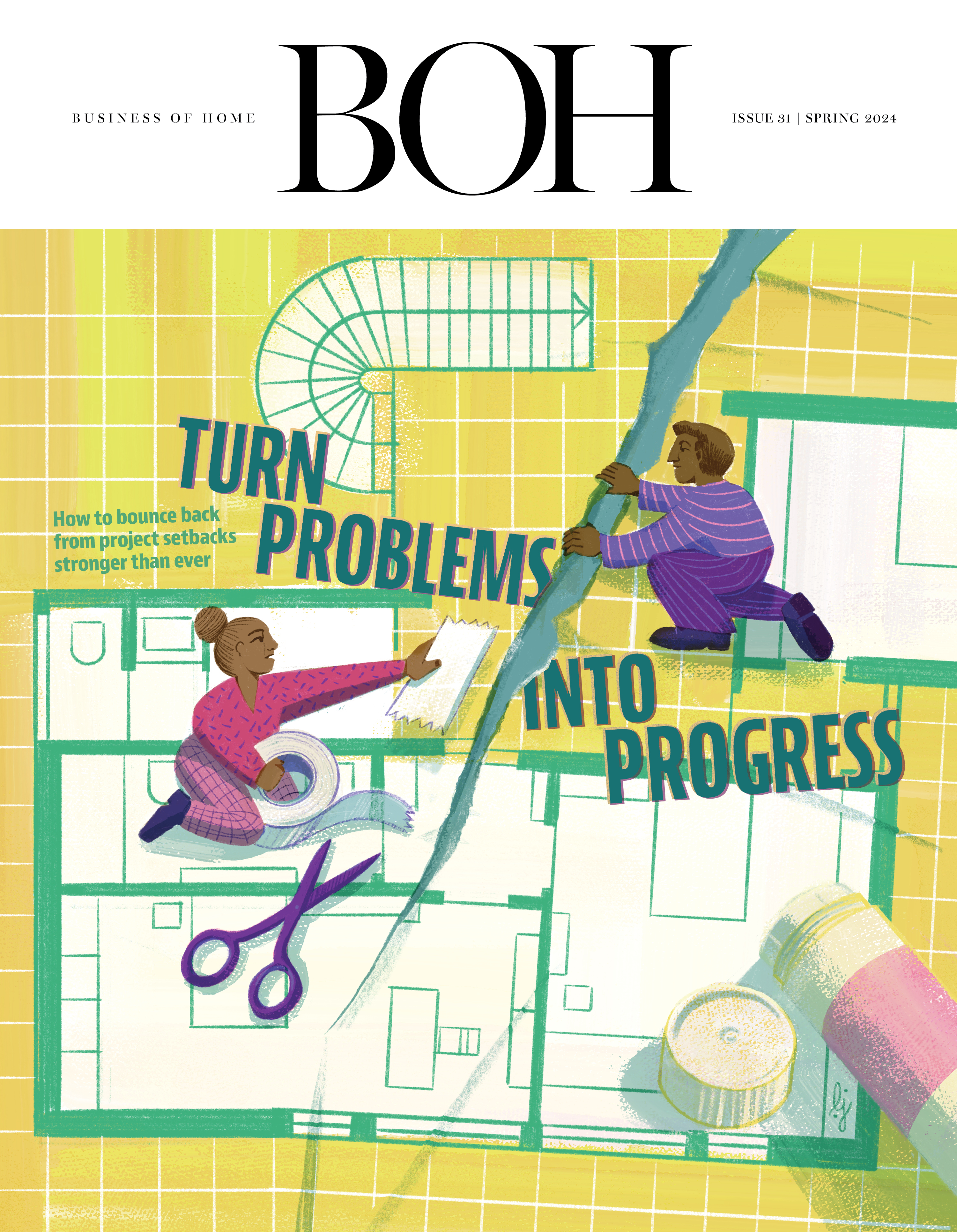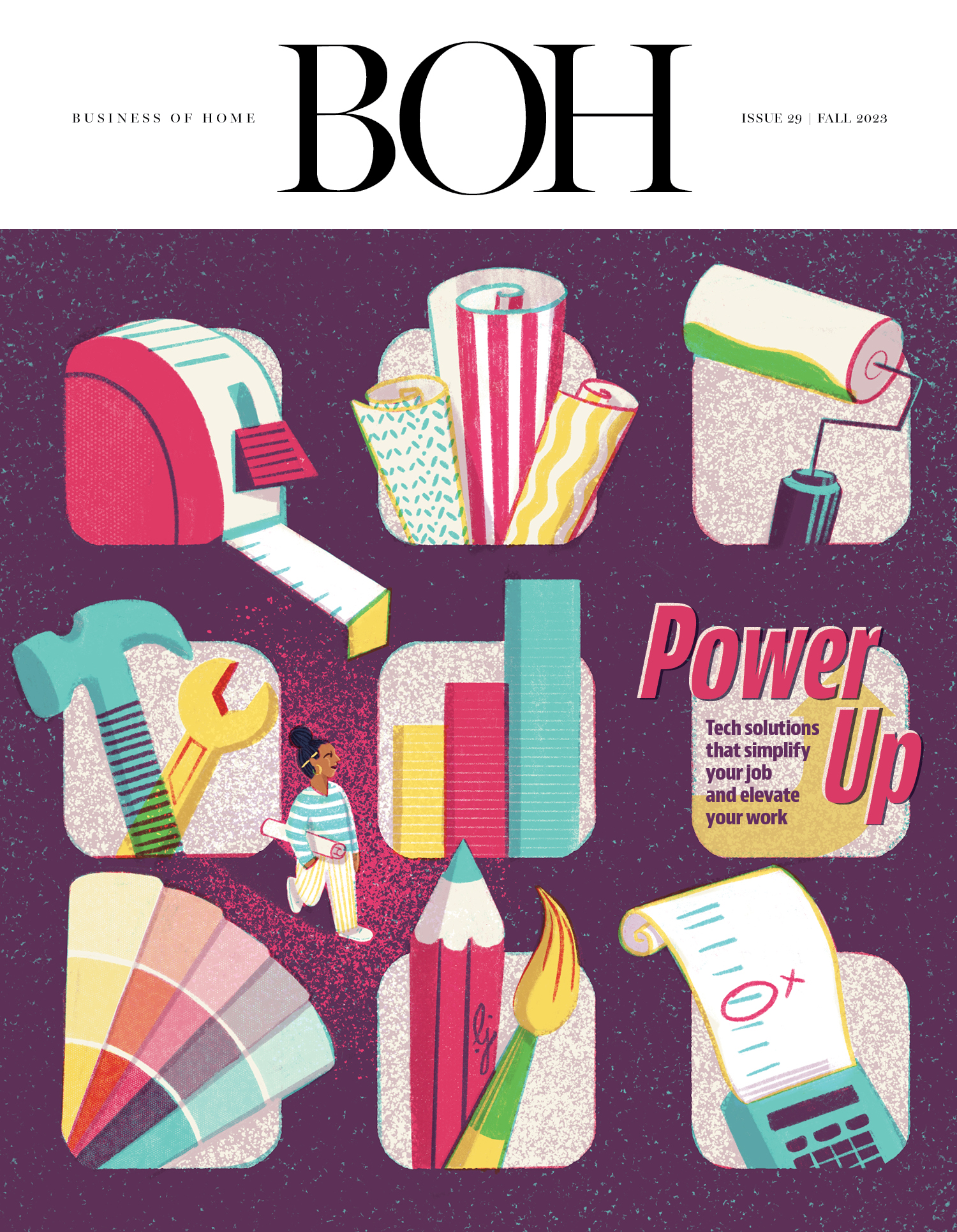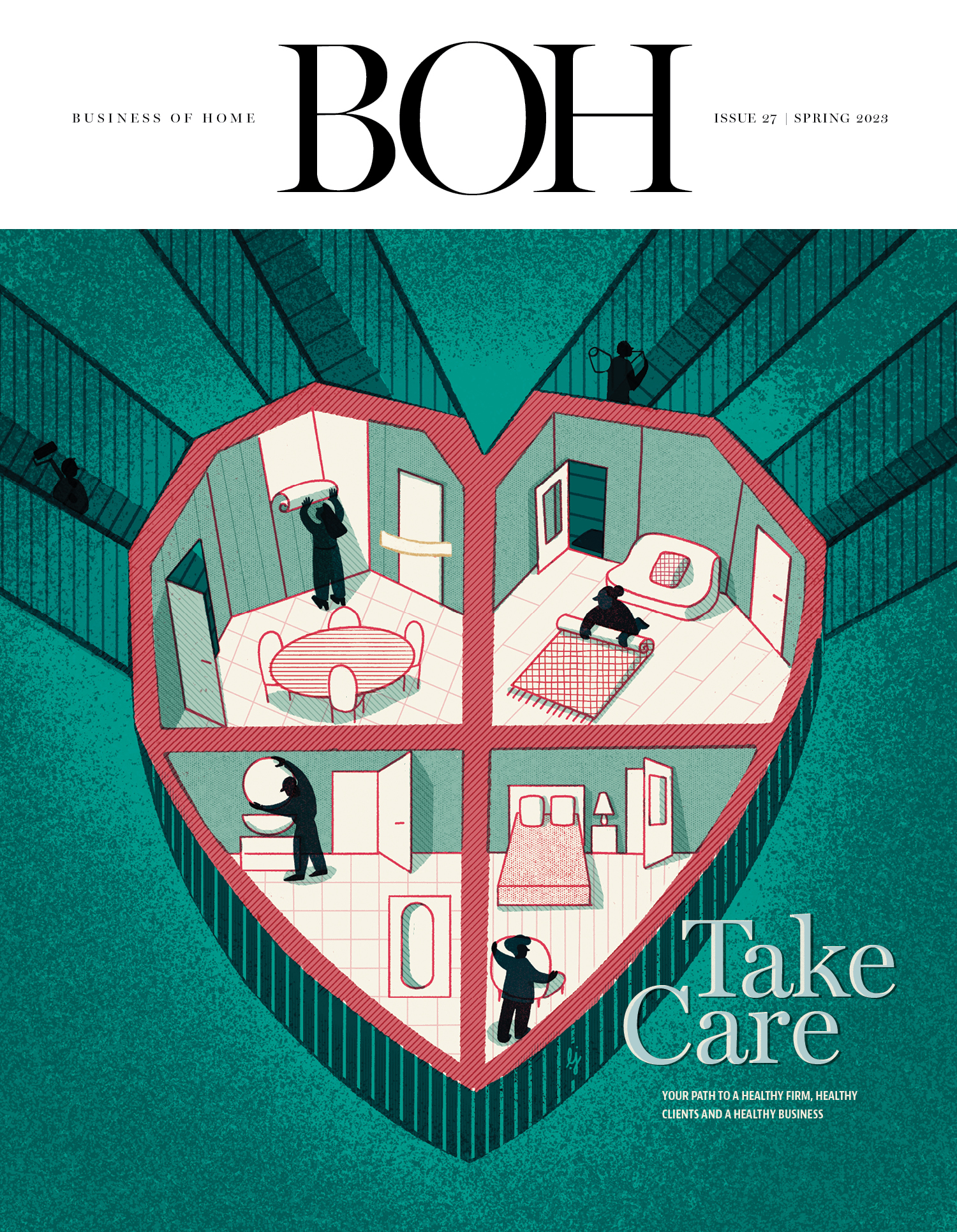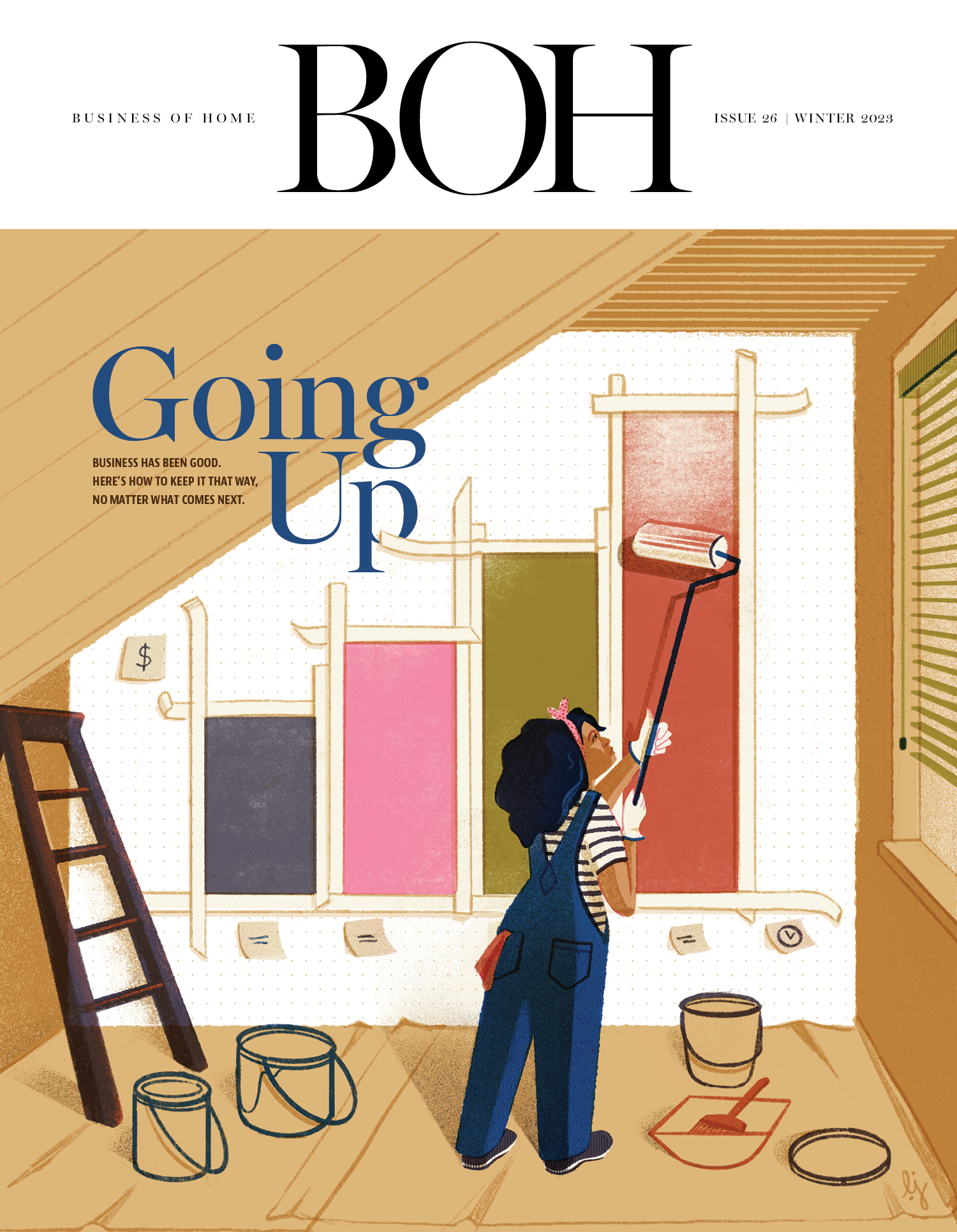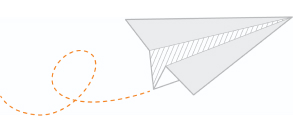Back-to-school—or for the home sector, back-to-dorm—may not be the biggest promotional event on the retail calendar, but it’s a pretty good early indicator of what’s in store for retailers in the fourth quarter as a gauge on consumer sentiment. That’s especially true now, in the Year of the Tariff, when virtually everything is unpredictable.
While electronics, apparel and school supplies dominate the $89 billion back-to-college business, home furnishings products like bed and bath textiles and lighting aimed at the dorm dweller also represent a sizable chunk of business. Much of this was once the province of Bed Bath & Beyond, which had a unique model of allowing shoppers to buy at their hometown outlet and then pick up their purchases where their schools were located. But since its collapse in 2023, that business has been up for grabs with national retailers like Walmart, Target and Amazon actively working to gain market share. Lesser pieces of the back-to-school pie are held by a variety of other retailers, from JCPenney and Kohl’s to other department stores, and even supermarkets and drug chains.
This year, of course, the retail landscape has been impacted by the Trump tariff wars, which have disrupted the supply chain of goods coming from China and elsewhere in Asia. Shipping interruptions caused by the on-again, off-again policies have hit the back-to-school season harder than they are expected to impact Halloween or the holiday season—simply because it comes first on the calendar.
Those goods that are on the selling floor now are likely to carry higher retail price points, having come in recently as opposed to carryover goods from a year ago. Most of what sells for back-to-dorm can be repurposed for other selling periods—with the exception of the ubiquitous extra-long twin sheets that seem to only fit college dormitory beds—so very little is packed away for a year.
The back-to-college selling season is already well underway, and we’re beginning to get the first reports of how it’s going. New findings from the National Retail Federation and Proper Insights & Analytics report that 67 percent of shoppers “had already begun purchasing items for the upcoming school year as of early July”—that’s up from 55 percent last year, and the highest level since the NRF began tracking this metric in 2018.
That get-it-done-early shopping pattern is largely the result of consumer awareness of tariffs. NRF found that a little more than half of all BTS shoppers were hitting stores earlier because they were concerned about prices going up later in the buying season due to tariffs. In fact, 72 percent expect higher prices no matter when they shop.
NRF projects average spending for back-to-college to come in at around $1,300 per household. That’s higher than overall back-to-school spending, but it is slightly lower than what consumers spent last year for their college products. The wave of big retail promotional events in July from Amazon, Walmart and Target also drove spending among back-to-school shoppers. NRF found that 82 percent of its survey respondents said they were buying around these July sales specifically.
Still, e-commerce spending was projected to be off slightly compared to last year, with 48 percent of shoppers buying online versus 50 percent a year ago. Department stores’ share of shopping was expected to hold even at 35 percent but the big winners were discounters, with 36 percent of shoppers saying they expected to buy from mass merchants versus only 31 percent last year.
Most retailers understand that consumers are almost certainly feeling the pain in their budgets, whether that’s due to inflation, tariffs or supply chain disruptions. A Bankrate survey found that about 20 percent of back-to-school shoppers said their budgets were strained this season, while Intuit Credit Karma found that 39 percent of parents said they couldn’t afford back-to-school shopping this season, with 44 percent expecting to take on debt to cover their purchases. That’s up from 34 percent a year ago.
Parents will continue to get their kids what they need for the new school year—but they will take a more value-oriented approach. “Our 2025 Back-to-School Consumer Survey shows a clear trend: Consumers are prioritizing value and seeking early deals this back-to-school season,” says Tom McGee, president and CEO of the ICSC, formerly the International Council of Shopping Centers. “American families continue to spend even as they face an uncertain economic outlook, and successful retailers will continue using creative deals and promotions to entice them to spend throughout the year.”
____________
Warren Shoulberg is the former editor in chief for several leading B2B publications. He has been a guest lecturer at the Columbia University Graduate School of Business; received honors from the International Furnishings and Design Association and the Fashion Institute of Technology; and been cited by The Wall Street Journal, The New York Times, The Washington Post, CNN and other media as a leading industry expert. His Retail Watch columns offer deep industry insights on major markets and product categories.




